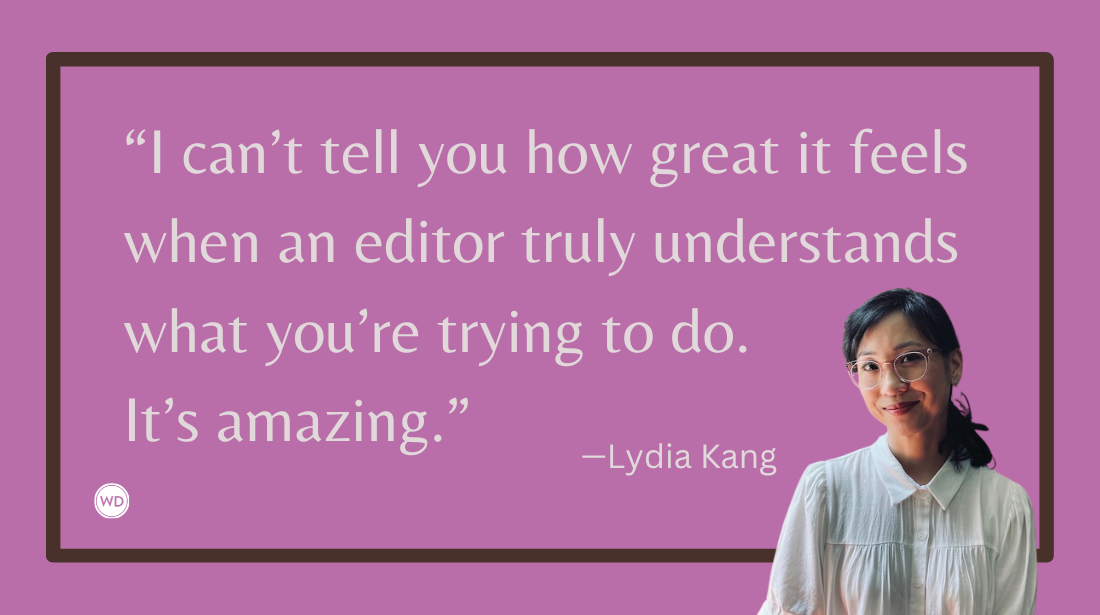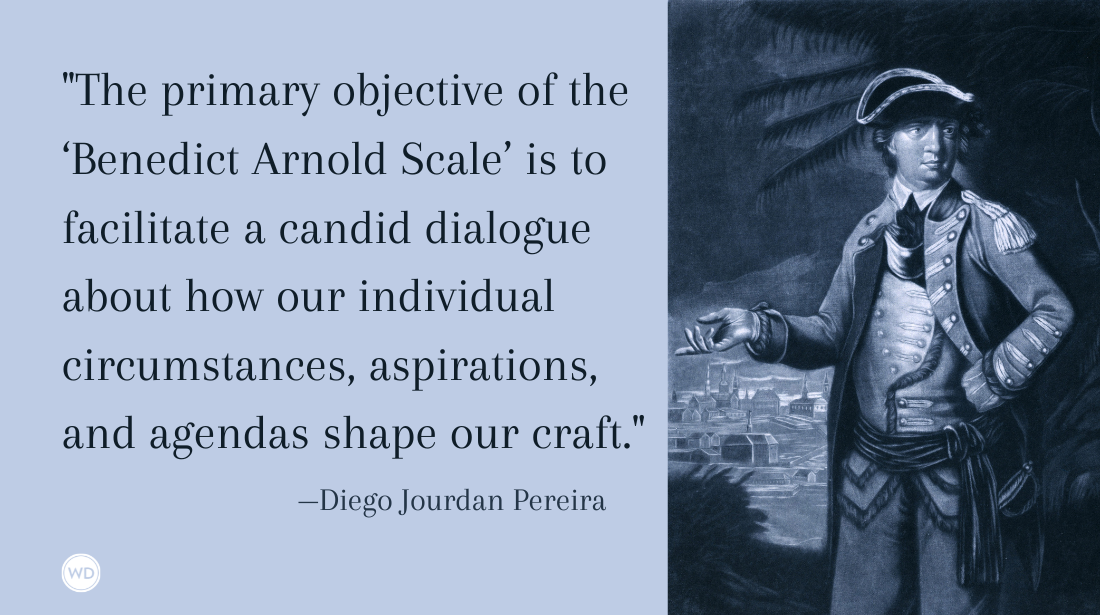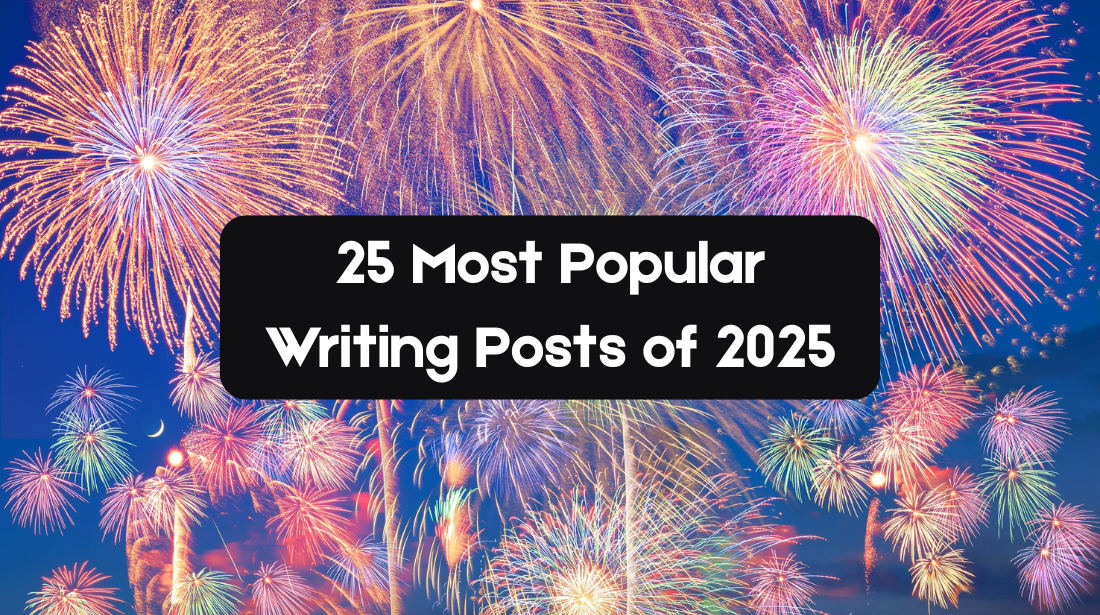Marjorie B. Kellogg: On Climate Fiction as Its Own Genre
Author Marjorie B. Kellogg discusses the decade-long process of writing her new science fiction/climate fiction novel, Glimmer.
Writer and scenic designer Marjorie Bradley Kellogg lives in Franklin NY, where she is the editor of The New Franklin Register. She is the author of Glimmer, A Rumor of Angels, Harmony, The Dragon Quartet, and Lear’s Daughters. She has designed scenery for Broadway, Off-Broadway, and for resident theatres across the country and in Europe, receiving many industry awards for her work. She taught at Princeton and Columbia and was Associate Professor of Theater at Colgate University from 1995 to 2017. Find her on Facebook.
In this post, Marjorie discusses the decade-long process of writing her new science fiction/climate fiction novel, Glimmer, the slow but steady emergence of climate fiction as its own genre, and more!
Name: Marjorie B. Kellogg
Literary agent: Jabberwocky Literary Agency
Book title: Glimmer
Publisher: DAW Books
Release date: October 19, 2021
Genre/category: Science Fiction/climate fiction
Previous titles: A Rumor of Angels, Harmony, The Dragon Quartet (4 books), Lear’s Daughters
Elevator pitch for the book: Abandoned in flooded and lawless Manhattan, resourceful survivors invent new ways of living with extreme climate change—and with each other.
IndieBound | Bookshop | Amazon
[WD uses affiliate links.]
What prompted you to write this book?
When we talk about climate change, too often it’s in remote, scientific terms or on a scale too vast for most people to connect with on a personal level (never mind all the complicating politics). By offering an entertaining and compelling yarn, I’ve tried to put a down-to-earth, human face on the disruption, violence, and suffering that climate change will bring.
How long did it take to go from idea to publication? And did the idea change during the process?
It’s taken 10 long years, mostly because I was juggling a college teaching job along with a theatre design career, and only writing in spurts. The lockdown of the pandemic provided the perfect opportunity to double down and finish the book.
The book’s core idea never altered radically. But global recognition of climate change has accelerated, as has the speed of the changes themselves. What seemed a long way off when I started the book is now a near-future reality. Hurricane Sandy came along when the book was about a third written, and basically supported what I’d done so far. Every science fiction author hopes to write with total conviction about events that haven’t happened yet, but this made it a lot easier.
Were there any surprises or learning moments in the publishing process for this title?
It seems that booksellers haven’t quite caught up with the mainstream press and the public in their acceptance of climate fiction as a distinct category. Even the New York Times uses the short version: Cli-fi.
In traditional genre terms, Glimmer falls between the shelving cracks. But so do many other fine novels. Kim Stanley Robinson has been writing climate fiction for decades, as have I, and J. G. Ballard beat us both to it. But you find those books on the science fiction shelves. If you define cli-fi as literature in which weather/climate is central to the plot, effectively becoming a major character, even Dune can be seen as climate fiction.
Were there any surprises in the writing process for this book?
There are always surprises, most of them delightful. I think of them as discoveries—like when you’re far enough along for the characters to start taking over the narrative, when they start telling you what they’ll say and do. Unexpected things start to happen. At moments, this feels like spirit writing—uncanny.
In Glimmer, a character dies who I’d fully expected to stick around ‘til the last page and beyond. But it just wouldn’t work out that way. With an earlier novel, I tried hard to follow the outline I’d submitted to my editor. The book fought me all the way, and in the end, the book (and the characters) won.
What do you hope readers will get out of your book?
A fun and exciting read, but also the realization…this could be me.
If readers can identify with my characters on a very personal level, if they can fully enter the harsh and dangerous reality of climate-ravaged Manhattan, perhaps they will be spurred to take action against climate change in their own lives.
If you could share one piece of advice with other authors, what would it be?
Write what you’d enjoy reading, and do it every day. Then rewrite. Get someone to read it and tell you what you’ve written. Then rewrite again.









